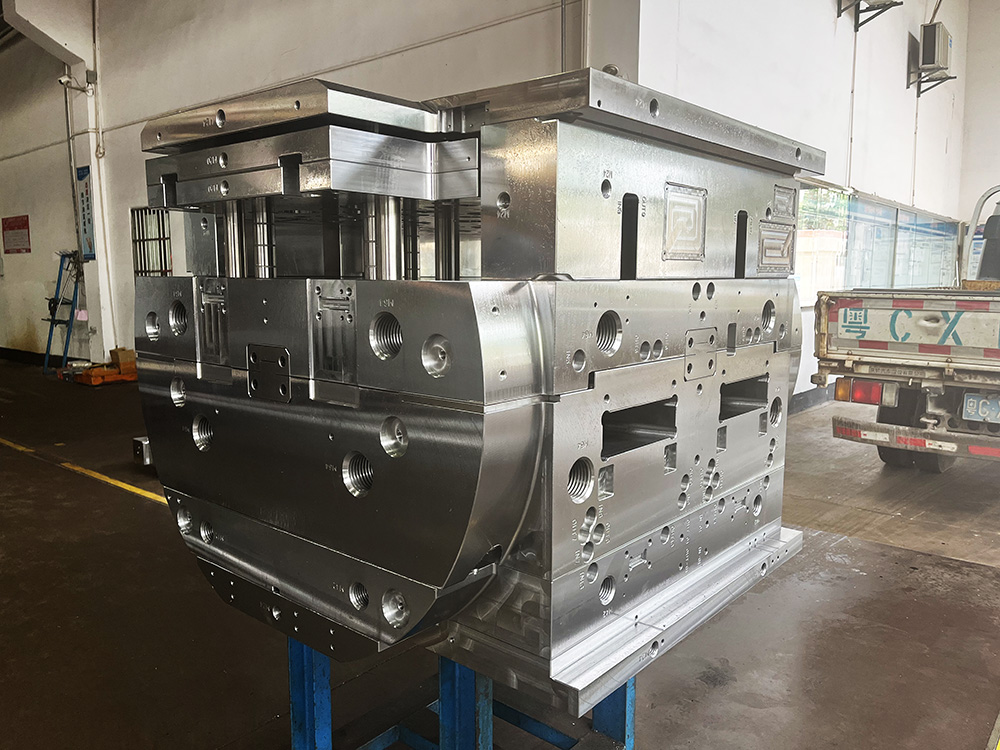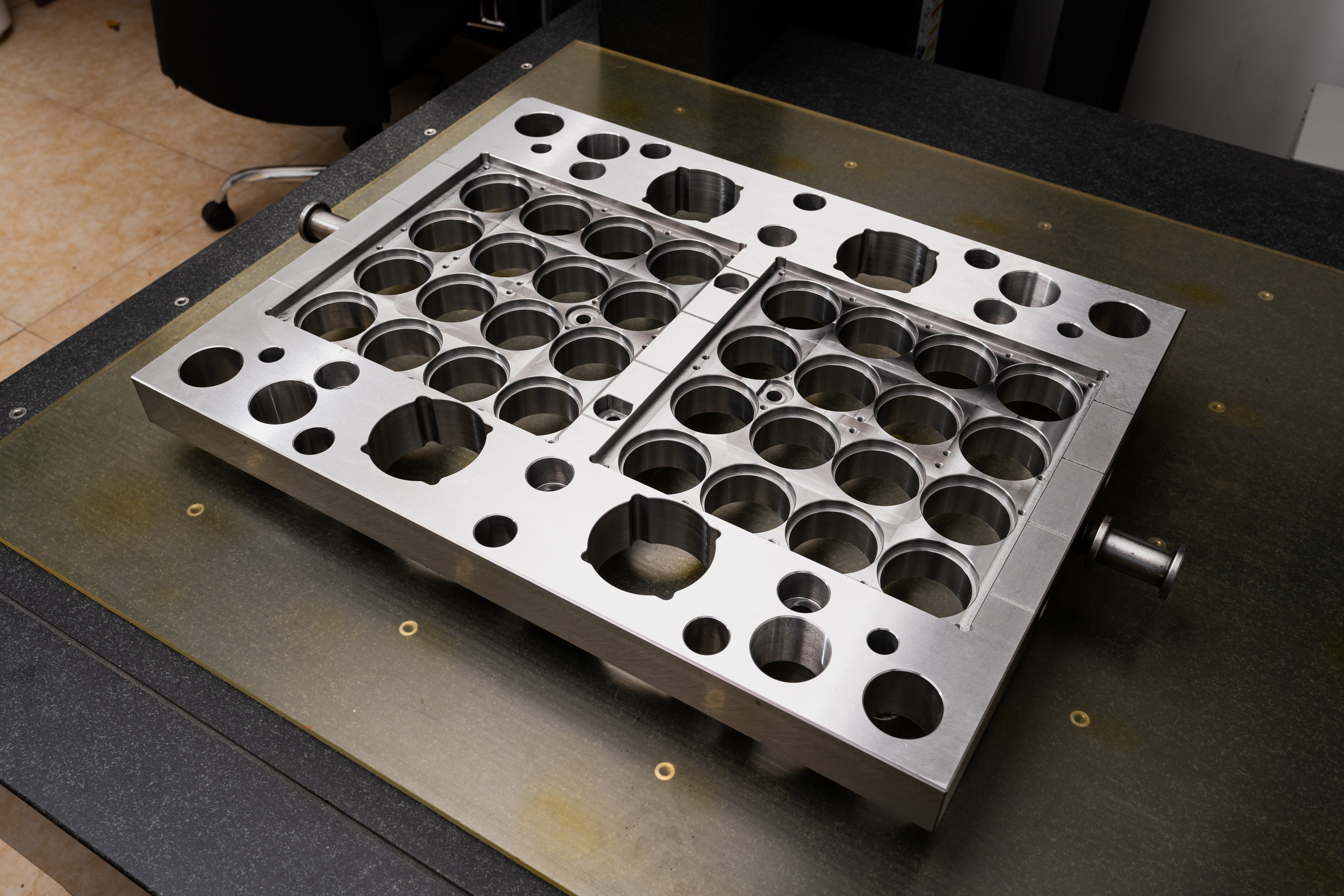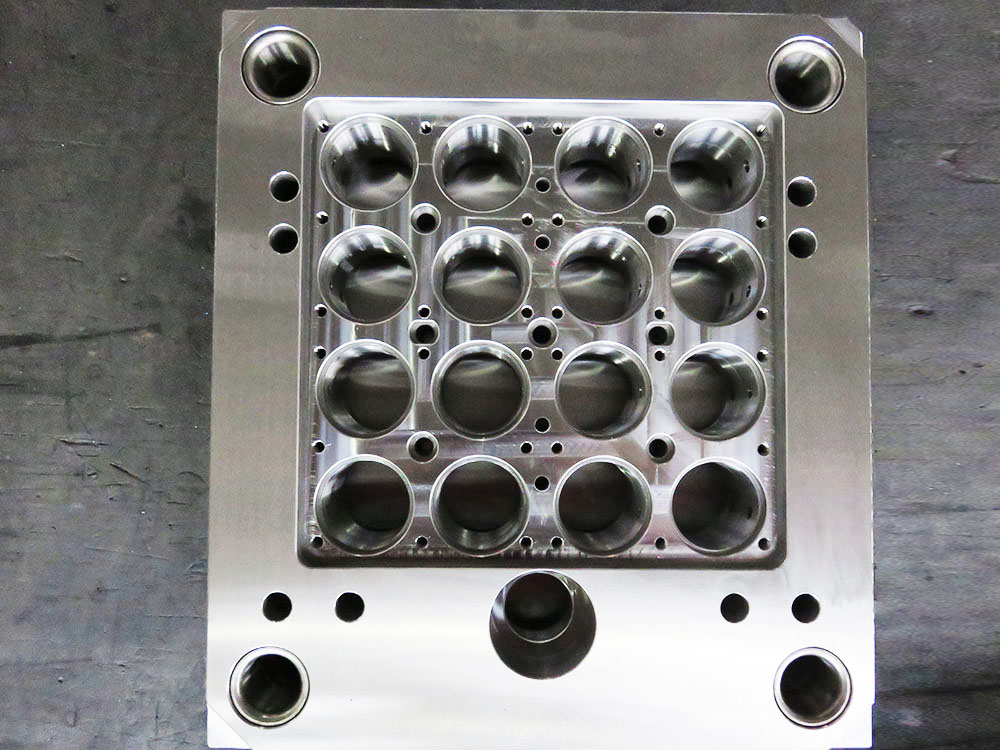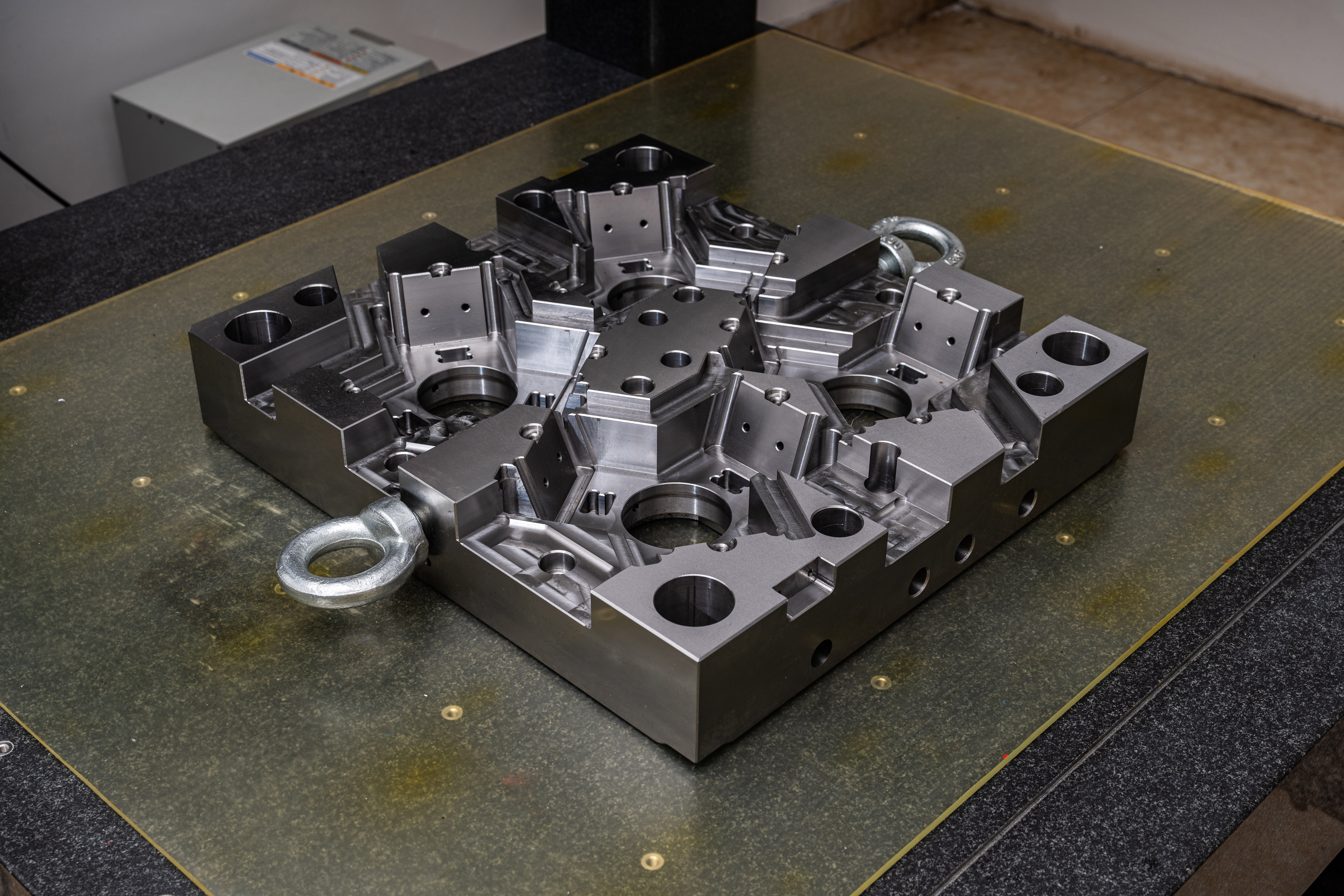Introduction to Assessing Longitudinal and Lateral Aspects of Support Structures in the Mold Base Industry
The mold base industry plays a crucial role in manufacturing by providing the foundation for creating molds used in various industries, including automotive, aerospace, and consumer goods. Support structures are an integral part of mold bases, as they ensure stability and rigidity during the molding process. In this article, we will discuss how to assess the longitudinal and lateral aspects of support structures in the mold base industry.
Longitudinal Assessment of Support Structures
Longitudinal assessment involves evaluating the support structures in terms of their strength and ability to withstand longitudinal forces. These forces primarily act in the direction of the mold opening and closing, along the mold parting line. Here are some key aspects to consider during the assessment:
Structural Material Selection
The choice of material for support structures is critical to ensure adequate longitudinal strength. Commonly used materials include high-quality steel alloys, such as P20 and H13. These materials exhibit high tensile strength, which is essential for withstanding the forces experienced during the mold opening and closing process.
Support Layout Analysis
The layout of the support structures must be carefully analyzed to ensure optimal strength distribution. One common approach is to design support structures in a honeycomb pattern. This allows for a higher strength-to-weight ratio compared to a solid support structure. Computational analysis techniques, such as finite element analysis (FEA), can be employed to ensure the structural integrity of the support layout.
Welding and Bolting Techniques
Welding and bolting techniques are used to secure various components of the support structures. During the assessment, it is crucial to evaluate the quality and strength of these welds and bolts. Non-destructive testing methods, such as ultrasonic testing and magnetic particle inspection, can be employed to detect any potential defects or weaknesses in the welding joints or bolt connections.
Lateral Assessment of Support Structures
Lateral assessment focuses on evaluating the support structures in terms of their ability to withstand side forces or lateral loads. These forces are often caused by the injection pressure during the molding process. Here are key aspects to consider when assessing the lateral aspects of support structures:
Rib Design and Placement
Ribs are often used in support structures to enhance lateral strength. During the assessment, it is important to evaluate the rib design and placement to ensure proper load distribution. Ribs should be strategically placed to distribute the lateral forces evenly across the mold base, thus minimizing potential stress concentration points.
Material Flow Analysis
Conducting a material flow analysis can provide valuable insights into the behavior of support structures under lateral forces. This analysis involves simulating the injection molding process and observing the flow of material through the mold base. By analyzing material flow patterns, potential weak points in the support structures can be identified and addressed.
Surface Coating and Treatment
Applying surface coatings or treatments to the support structures can enhance their resistance to lateral forces. Various types of coatings, such as nitriding or hard chrome plating, can be employed to improve wear resistance and minimize potential damage caused by lateral loads.
Conclusion
Assessing the longitudinal and lateral aspects of support structures is crucial in the mold base industry to ensure the performance and reliability of molds during the manufacturing process. By considering aspects such as material selection, support layout analysis, welding and bolting techniques, rib design and placement, material flow analysis, and surface coating and treatment, manufacturers can optimize the strength and durability of their support structures. Ultimately, this leads to higher quality molds and improved overall manufacturing efficiency.




